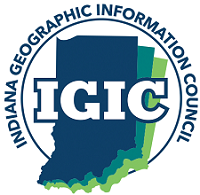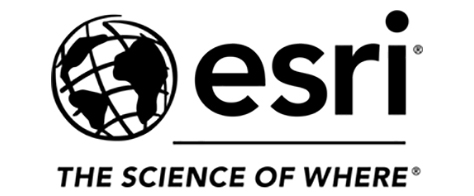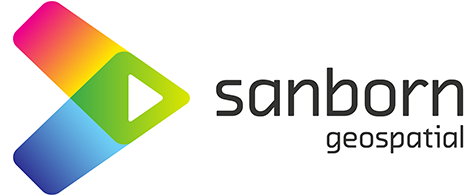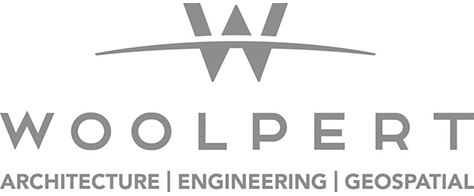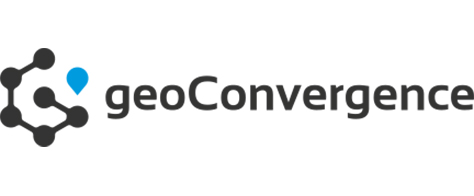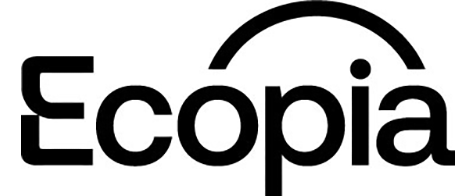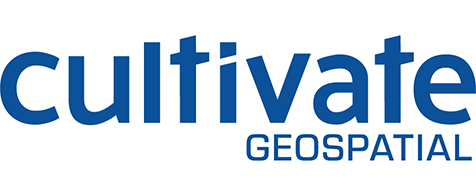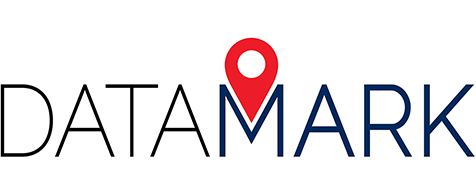- Home
- 2026 GIS Conference
- About Us
- Membership
- Events
- Resources
- Forums
|
|
| SOBA 162 | Location TBD | SOBA 172 | SOBA 173 | |
| 10:00 am-1:00 pm CT | Introduction to Basic Python for Beginners |
(9:30 - 12:30) Angel Mounds State Historic Site Field Experience |
How to Process LiDAR Data Using Python |
(9:00 - 5:00) Orthos-in-a-Day Using Drones and WebODM |
| 2:00 pm-5:00 pm CT |
Introduction to QGIS |
The Geospatial Toolbox; The Right Tools for Field Data Collection |
Course Descriptions and Preresquisites
Introduction to Basic Python for Beginners
Ben Bond, GIS Developer, Topoworks
The Python ecosystem can be extremely daunting, it can seem impossible to even figure out where to start. Using ArcGIS Pro and Jupyter notebooks, this workshop will walk you through all the basics of Python. Starting with different data types, migrating over to operations and loops, and ending with functions and importing modules. This workshop is for everyone, whether you have never looked at a line of code or have successfully converted a model to a python script.
Introduction to QGIS
Phil Bernard, Project Manager, Frontier Geospatial, LLC
Open Source GIS offers many tools that provide the same functionality and capabilities as commercial GIS tools. A big hurdle for using open source tools is getting over the learning curve of how to do the basics with the software. This course will get you over that hurdle and get you started using QGIS, a desktop tool that can compliment or replace more expensive tools in your GIS toolbox.
Prerequisites: Participants are expected to bring their laptop and have the the latest version of QGIS installed and sample data download (download link coming soon).
Philip Bernard
Philip Bernard has been working in GIS since the turn of the century and has worked with open source GIS for the last 11 years. He is also a FAA Part 107 licensed UAV pilot who has flown over four hundred missions.
The Geospatial Toolbox; The Right Tools for Field Data Collection
Jason Hooten, Manager - GIS Sales & Support, Leica Geosystems
There is not a single tool that can and should be used to do all data collection. Technology provides us with the tools needed to collect nearly every aspect of our world. Join us to learn more about the very latest tools in the geospatial data collection toolbox. LiDAR that is carried and flies, tilting survey poles, augmented reality and more.
Jason Hooten
Mr. Hooten is Asset Collection and Maintenance Sales & Support Manager for USA and Canada. Over two decades of experience using, selling and providing certified training for high accuracy GIS and mapping GNSS products. Hooten has vast experiences in field data collection working with US Air Force, utilities, municipalities, railroads, and environmental companies.
How to Process LiDAR Data Using Python
Jinha Jung, Assistant Professor, Purdue University
LiDAR (Light Detection And Ranging) is an active remote sensing technique widely used in 3D mapping in many applications. Thanks to the USGS 3DEP (3D Elevation Program), LiDAR data are freely available for most parts of the United States. In this workshop, we will learn how to process the 3DEP LiDAR data using Python. This workshop will cover three topics: 1) installing Conda/Anaconda and configuring virtual environments, 2) LiDAR file input/output using laspy module, and 3) generating raster data from the LiDAR data.
Prerequisites: Participants are expected to bring their laptop and have QGIS LTS version installed on the computer, and basic knowledge of Python programming knowledge is required to register.
Jinha Jung
Dr. Jinha Jung is an Assistant Professor in the School of Civil Engineering at Purdue University. Dr. Jung is noted for his work in 1) development of UAS based High Throughput Phenotyping system for agriculture applications, 2) developing algorithms to process UAS data for feature extraction, 3) data fusion of hyperspectral and full waveform LiDAR data, 4) vegetation structural analysis using LiDAR data, 5) high performance computing for advanced remote sensing algorithm development, and 6) WebGIS software development using Free and Open Source Software (FOSS).
Angel Mounds State Historic Site Field Experience
Kathy Kozenski, Executive Director, Geography Educator's Network of Indiana
Want to learn more about Angel Mounds State Historic Site? Want to help gather vegetation data for the Site? Want to learn more about geospatial equipment? Join us as we explore the historic site of Angel Mounds with Mike Linderman (Western Regional Director of State Historic Sites, IN State Museums); as we learn more about Leica Geosystems newest geospatial equipment; and as we connect with the Evansville community and leave behind professional engagement possibilities with area educators and students. Participants will aid in the gathering of vegetation data (using iNaturalist) as a foundation for the current IN State Museum's AMSHS Cultural Landscape Report and for future Site characterization, analysis, mitigation and restoration. Light lunch will be provided.
Kathy Kozenski
For over three decades, Kathy has been advocating for geography education and geographic literacy among Indiana educators, students, parents/guardians, librarians, elected officials, decision-makers and many others. Her greatest allies are YOU...Indiana's diverse, unique and interesting GIS and geospatial technologies professional community. Among Kathy's favorite activities include being a member of the IGIC Education Committee, creating outdoor field experiences and working with PK-16 students and educators. Connecting all of these possibilities through the IGIC Annual Conference enables her to provide distinctive experiences for participants and to learn even more about the amazing geospatial community around our state.
Orthos-in-a-Day Using Drones and WebODM
Layne Young, ISA (retired)
This is an overview workshop where students will gain a better understanding of how to create a limited area orthophotograph to include gathering photos with a drone and using WebODM to create the final product.
Workshop Flow:
- Using Drones in the Workplace (classroom)
- Legal/Safety/Licenses/Permissions Overview (classroom)
- Planning a Drone Mission (teams/classroom)
- Flying a Mission (various field locations)
- Review and Test for FAA TRUST certificate
- Presentation of Orthos created by Team
Outcomes -- Students will:
- Plan, gather photos, and create an ortho
- Receive an overview of FAA Part 107 license requirements
- Gain an understanding about the responsibilities of a drone pilot
- Receive an FAA TRUST certificate (upon completion of test)
Prerequisites: Laptop with WebODM installed (opendronemap.org) - optional, Smartphone capable of loading drone apps (for class)
Layne Young
Layne is a GIS Evangelist and has been involved with IGIC for over 20 years. Layne is now retired from Indianapolis/Marion County (for 37 years) where he provided IT services to many local agencies and departments to include the GIS Team & Information Services Agency. Layne has his FFA Part 107 sUAS remote pilot certificate.
